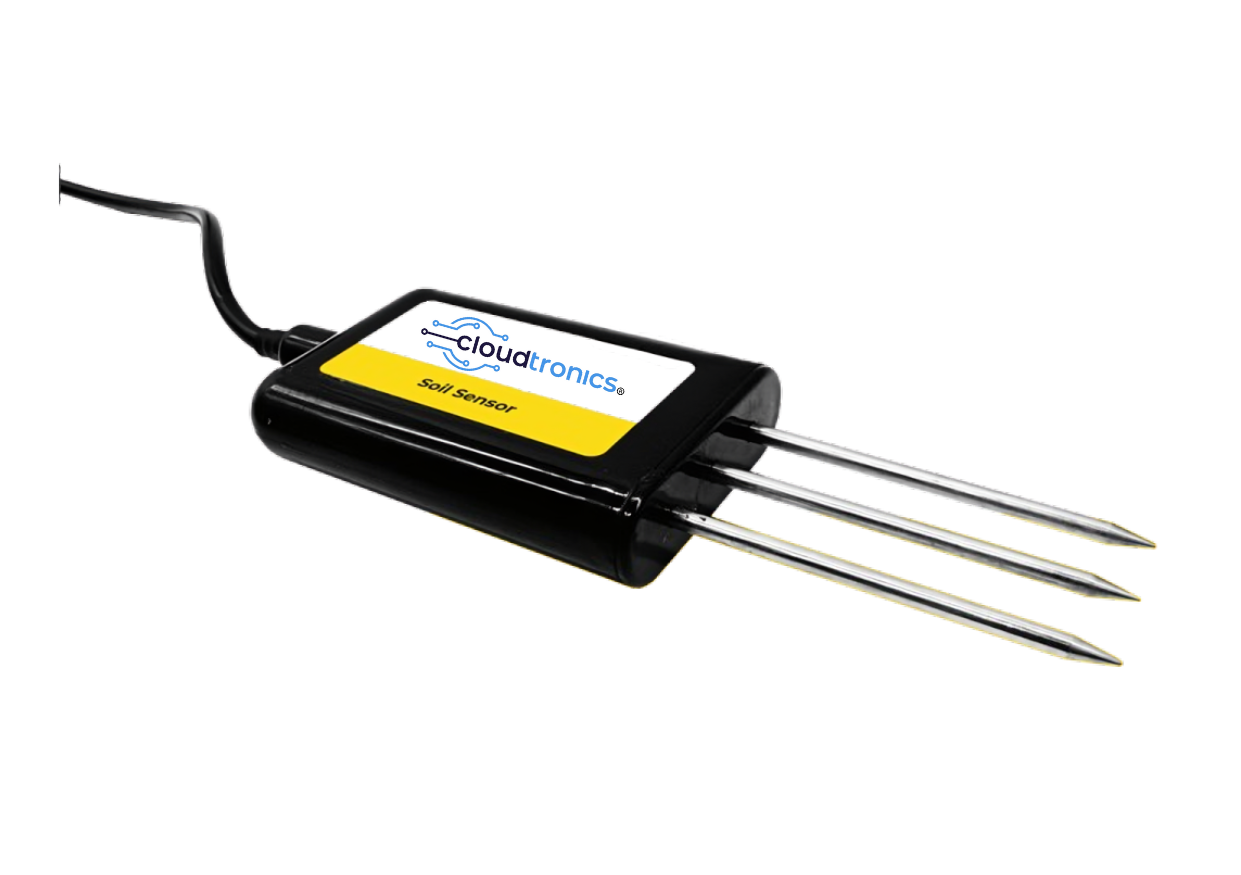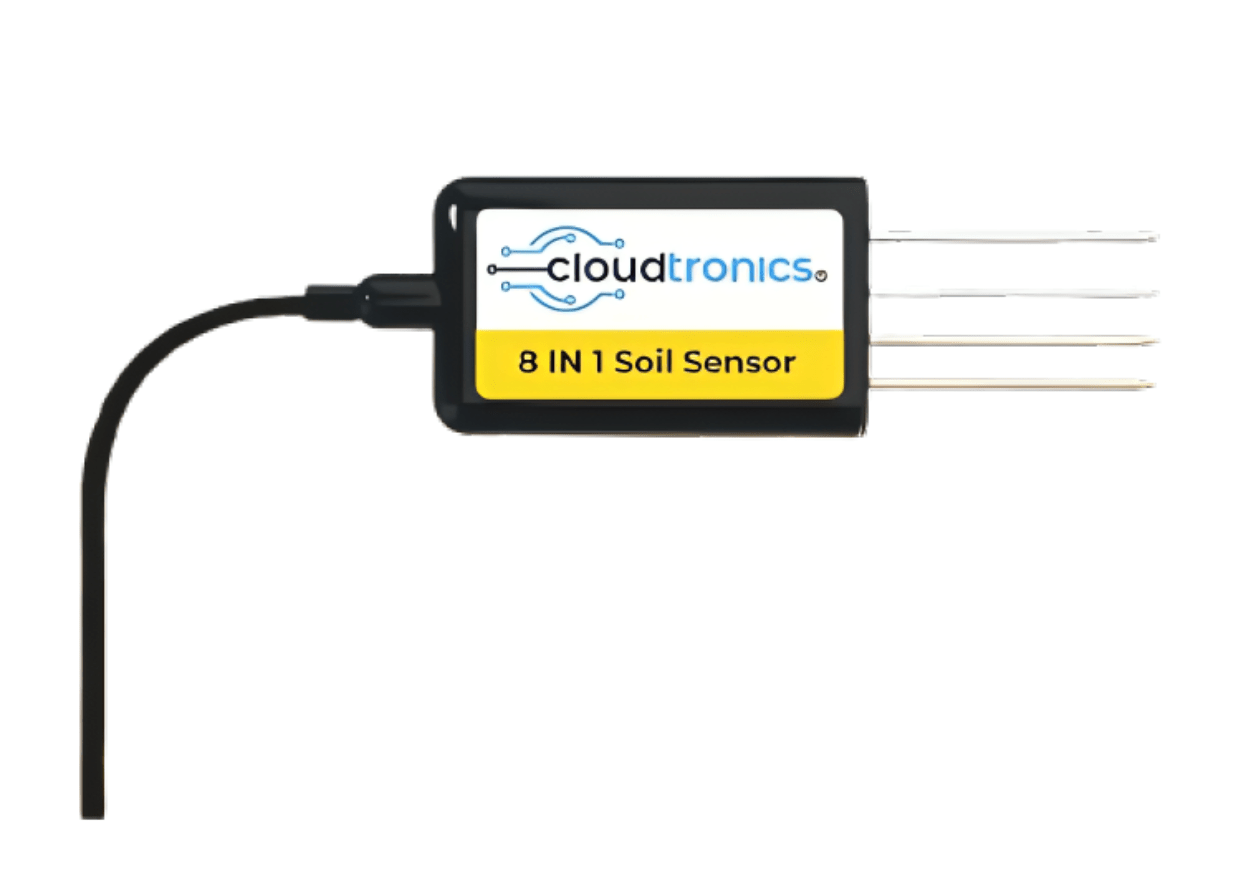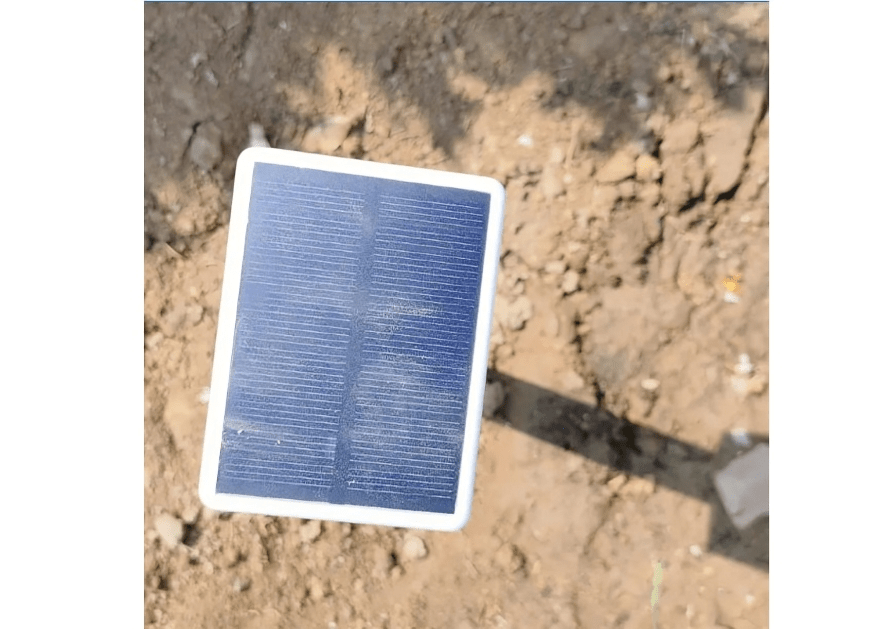Did You Know?
- 70% of the world’s freshwater is used for agriculture, yet 60% of it is wasted due to inefficient irrigation.
- Healthy soil increases crop yield by up to 30%, but over-fertilization can reduce soil quality over time.
- Precision agriculture, including soil sensors, can boost farm productivity by 25% while reducing resource waste.
Why Should You Care About Soil Sensors?
Imagine having the power to see inside your soil, knowing exactly when to water, fertilize, or adjust soil conditions to maximize plant growth. No more guesswork, no more wasted resources. That’s the power of sensors! Whether you’re a farmer, gardener, or researcher, these devices help save water, improve crop yield, and cut costs—all while protecting the environment.
What is a Soil Sensor?
A soil sensor is a device that measures various soil parameters such as moisture, temperature, electrical conductivity (EC), salinity, and nutrient levels. These sensors help farmers, researchers, and gardeners monitor soil conditions to improve plant growth, conserve water, and increase agricultural efficiency.
Types of Soil Sensors
There are different types of soil sensors based on the data they collect. Here are three main types:
This sensor measures four key soil parameters:
- Temperature – Helps determine soil warmth for seed germination and plant growth.
- Moisture – Indicates water availability in the soil.
- Electrical Conductivity (EC) – Shows soil fertility and nutrient availability.
- Salinity – Helps in managing salt levels in soil.

This advanced sensor provides a comprehensive soil analysis by measuring:
- Temperature
- Moisture
- Electrical Conductivity (EC)
- Salinity
- pH Levels – Determines soil acidity or alkalinity.
- Nitrogen (N), Phosphorus (P), and Potassium (K) Levels – Measures key nutrients essential for plant growth.

This sensor is designed for deeper soil analysis and can measure:
- Temperature and Moisture at depths of up to 80cm, ideal for crops with deep roots.

Features of Sensors
- Real-time Data Monitoring – Provides instant updates on soil conditions.
- Wireless Connectivity – Can integrate with GPRS, 4G, Wi-Fi, LoRa, and LoRaWAN.
- Customizable Outputs – Works with data loggers, SD cards, and cloud platforms.
- Durable and Weatherproof – Designed to withstand harsh environmental conditions.
- Plug-and-Play Setup – Easy to install and use.
Advantages of Soil Sensors
- Better Crop Management – Helps farmers optimize irrigation and fertilizer use.
- Water Conservation – Prevents overwatering and saves water.
- Improved Yield and Quality – Ensures plants receive the right nutrients.
- Cost Savings – Reduces water, fertilizer, and labor costs.
- Environmentally Friendly – Promotes sustainable farming practices.
Use Cases and Applications
Soil sensors are used in various industries and applications, including:
- Precision Agriculture – Helps farmers make data-driven decisions.
- Greenhouse Management – Monitors soil conditions in controlled environments.
- Water-Saving Irrigation – Ensures efficient use of water resources.
- Floriculture & Vegetable Cultivation – Maintains ideal soil conditions for flowers and vegetables.
- Soil Testing & Research – Assists scientists in studying soil health.
- Grassland Maintenance – Helps in landscaping and lawn care.
- Plant Growth Observation – Supports academic research and experiments.
- Wastewater Management – Prevents soil contamination from industrial waste.
Got more questions about Soil Sensors ? Drop them in the comments!
Don’t miss the chance to own these advanced solutions. Visit our website or contact us to place your order today!
To order please visit: store.cloudtronics.com.au
Want to see how Optical Modules can improve your business? Schedule a demo today!
For more localized information, visit Cloudtronics for different regions:
- Australia: cloudtronics.com.au
- USA: cloudtronics.com
- India: cloudtronics.co.in
- Indonesia: cloudtronics.co.id
FAQs
- How do soil sensors work?
Soil sensors use probes to measure different soil parameters and send data to a monitoring system, allowing users to analyze soil health.
- Why are sensors important?
They help optimize farming practices, conserve water, improve crop yield, and reduce costs.
- Can soil sensors be used for home gardening?
Yes, smaller sensors are available for home gardens and potted plants to ensure proper watering and nutrition.
- Are soil sensors wireless?
Many modern sensors come with wireless connectivity options like Wi-Fi, LoRa, or GPRS for remote monitoring.
- How deep can soil sensors measure?
It depends on the type; standard sensors measure the topsoil, while tubular sensors can reach up to 80cm deep.
Conclusion
Soil sensors are revolutionizing agriculture by providing real-time insights into soil conditions. Whether you’re a farmer, researcher, or home gardener, these sensors help improve plant health, save resources, and increase efficiency. Investing in the right sensor can lead to better crop yields, sustainable farming, and smarter decision-making.
